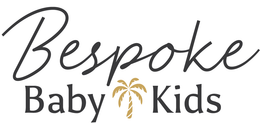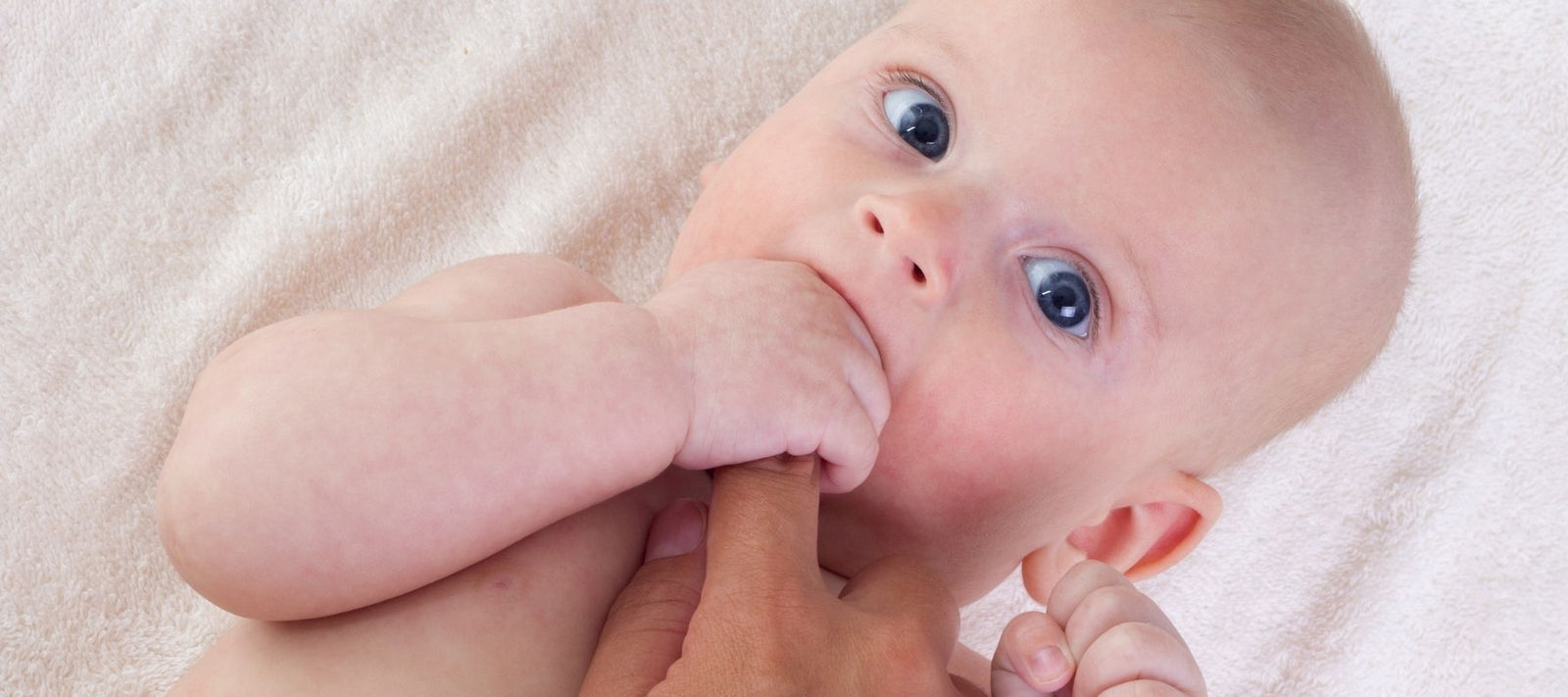Teething is an exciting time for your baby, but once your baby does begin teething you can pretty much say hello to a few weeks of sleepless nights and fussy days.
Unfortunately, teething is a fact of life and a big pain in the mouth, and symptoms can start to ruin your baby’s day before the teething itself even begins. The good news is your baby doesn’t have to completely suffer through the pain.
Baby teething toys are a great (and mandatory if you want any peace) way to ease the discomfort teething brings to your baby.
Read on to find out some great types of baby teethers and familiarize yourself with the basics of caring for a teething baby.
Teething Signs and Symptoms
Typically, babies start teething around four to seven months old. Keep in mind, however, that this is a general estimate. Don’t worry if your baby starts teething outside of this age range.
There are some common symptoms to look out for to know whether or not your baby has begun teething. Again, these aren’t the same for every baby but it’s good to get a general idea of what to look out for.
Here are some signs your baby may have begun teething:
- Swollen gums
- A temperature slightly higher than normal
- Coughing
- Fussiness
- Wanting to chew on things
- Pulling their ear
- Excessive cheek rubbing
- Hands constantly in the mouth
- Changes in sleeping patterns
- Changes in eating patterns
- Excessive drool
Teething will make your baby uncomfortable, however, it should not make them physically ill. Call your doctor if your baby seems to be sick, such as having diarrhoea, vomiting, or a high fever. These are not common symptoms of teething and your baby should see a doctor if any of this occurs.
Once you notice your baby has some symptoms of teething, you can begin to introduce teethers to help ease some of their discomforts.
Tips for Soothing Sore Gums
Teething toys are a great way to ease your baby’s discomfort while teething. However, sometimes your baby requires some extra help. Here are some other remedies you can try to soothe your baby’s sore gums:
Keep Them Cool
Cool temperatures are associated with bringing down inflammation and it’s also a great way to naturally numb your baby’s gums. Many silicone teethers can be put in the freezer before giving your baby free rein to chomp away on them.
You can also try to give them cold foods, such as yoghurt or applesauce.
Teething Gels
There are many products on the market designed for teething, one product being teething gels. These are gels that you can rub a pea sized amount right onto your baby’s gums to help ease their pain. A popular and well-known gel is Bonjela. Always triple-check that they’re recommended for your child's age, and consult your pharmacist, doctor or paediatrician if you have any doubts.
Apply Pressure
Light to medium pressure on your baby’s gums can help ease their discomfort. Try pressing down lightly on the gum with a clean finger. Or, if your baby at the age where they can eat solid food, you can even give them something hard to snack on, such as a teething biscuit.
Baby Teeth Chart - Baby Teeth Order & Types
Not every baby’s timeline is the same regarding how and when their teeth start breaking through those little gums. A lot of it can actually do with genetics.
On a general level, however, most of the time your baby will get their lower front two teeth first, and their upper front two teeth next.
Your baby’s teeth chart will look a little something like this:
- Lower Central Incisor: 6-10 months
- Upper Central Incisor: 8-12 months
- Upper Lateral Incisor: 9-13 months
- Lower Lateral Incisor: 10-16 months
- Upper First Molar: 13-19 months
- Lower First Molar: 14-18 months
- Upper Canine or Cuspid: 16-22 months
- Lower Canine or Cuspid: 17-23 months
- Lower Second Molar: 23-31 months
- Upper Second Molar: 25-33 months
In the end, your baby will typically have all 20 of their baby teeth by the age of three.
Baby Teething Toys
There are different types of teething toys you can give to your baby when they reach this milestone. Some may work for other babies you know but not for yours. Being a new mum is always a game of trial and error, and you may have to try out a few different types of teethers to find which one works best for your baby.
Here are some of the most common types of teethers:
Teething Rings
You’ve probably seen teething rings before as they’re the most common type of teether. They come in different materials, you should always buy teething toys that are food grade silicon and 100% BPA free. Also be aware of choking hazards and some teethers do not meet mandatory product safety requirements. Teethers such as silicon and wood, and freezable teethers can add relief. The rings may sometimes have a bit of a texture on them to give your baby more surface area to get into the nooks and crannies of their gums.
Teething Jewellery
Silicone teething jewellery, is becoming more popular and for good reasons; They are always around a Mum's neck and easily accessed by baby when been held. They are a source of entertainment also provide your baby with relief. Typically teething jewellery is either a necklace or a bracelet, and they’re made from safe material for your baby to chew on.
Teething Toys
Some teethers can be used as a toy to play with and a teether in one. For example, this bunny ear teether features a wooden ring your baby can bite on for relief, while also featuring cute bunny ears with crinkle fabric inside. This teether is perfect when it comes to giving your baby the relief they deserve while keeping their little hands busy at the same time.
Amber Teething Necklaces: Are They Safe?
Amber teething necklaces are a certain type of a baby teething necklace. They’re made from amber beads and are worn by your baby to help ease teething discomfort.
Amber is created with the resin from trees becomes fossilized, and amber contains succinic acid which is believed to have anti-inflammatory properties. Many parents believe that when the beads touch the baby’s skin the succinic acid is released into the body, therefore giving your baby a natural pain-killer for their sore gums.
However, a 2019 Study by Canadian and Australian researchers reported that the succinic acid is not in fact released when worn, therefore it’s not anti-inflammatory or pain-relieving. Being there’s not enough evidence that these necklaces do actually work, they’re looked at as more dangerous to your baby than anything. They’ve even been banned by the FDA in some countries.
Strangulation and choking are two huge risks when it comes to amber teething necklaces, so it’s better to be on the safe side when it comes to your baby and stick to the more common types of teethers.
Say Goodbye to Teething Pain
Teething can be a super uncomfortable period for your baby, but you’re not hopeless when it comes to helping them.
Baby teething toys are essential in providing your baby with the relief they so desperately need, and purchasing one is a no brainer.
Check out the baby teethers and toys we offer on our site and welcome a happier baby into your life.
Find more interesting articles to read;

